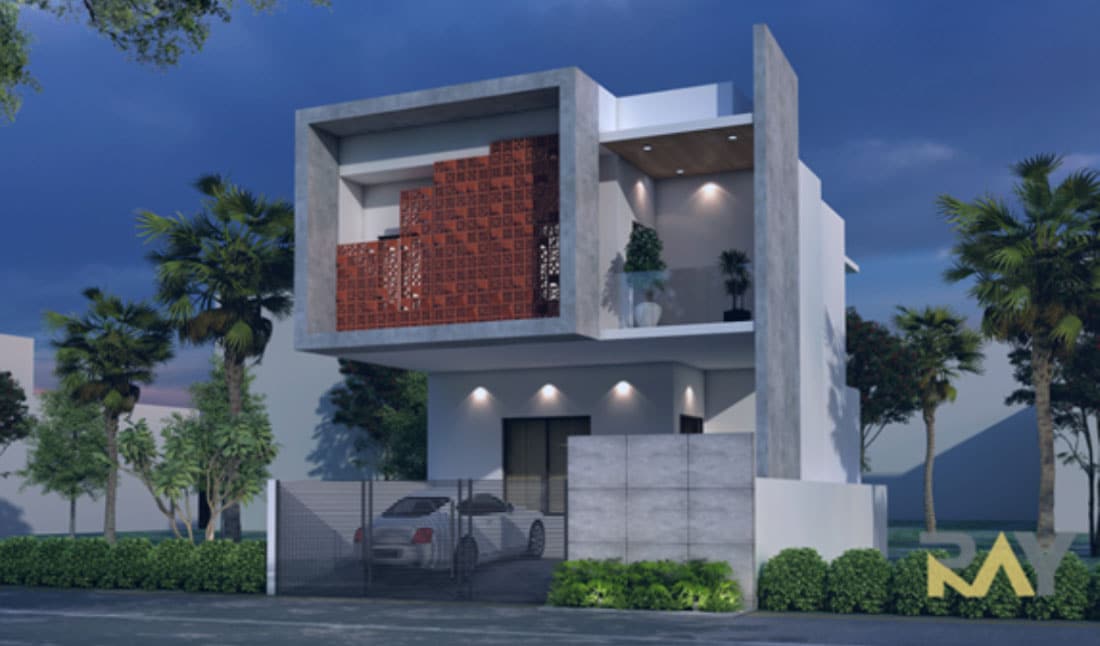Why Is Jaali So Popular In Contemporary Architecture

ATTRIBUTES
Examples of Jaali in Mughal architecture are at the Humayun’s tomb, where a mystical quality is lent to the space, enthralling the visitor. The magnificence of the light entering in, is symbolic of the enchantments the celestial world falling on the earth.AESTHETICS
The Jaali can be metaphorically be equated to a shady tree branch, sheltering the person below from the sun, creating exquisite patterns of light on the plane…a poetry of nature.
A Jaali being fixed serves as picture windows, framing scenery within. They can provide better aesthetics along with maintaining view and climatic comfort, better than glass.
REPETITION
Most geometric Jaali patterns are made up of repetition of a module. However, complex the pattern may appear to be, they can be identified to be made on a grid. The modules are composed of triangles, squares or hexagons. The continuity makes the eyes move over the composition.
SYMMETRY
Jaali are typically made by mirroring of the basic unit pierced into the red sandstone, marble or other stones. The attribute of perfection is conveyed to the viewer.
VISIBILITY
It screens the inhabitants from the gazes of the passer-by, providing privacy due to the light difference. At the same time, a visual continuity at the ground level and clerestory is maintained between the interiors and exteriors.
QUALITY OF LIGHT
Jaali weave a subtle play of shadow and light and provides a dynamic nature to the subtle peaceful quality of the space within as the shadow changes over the day and different seasons.
CLIMATIC ASPECTS
The small holes increase the velocity of air as it passes through them, similar to the function of a funnel, enhancing even the mild breeze outside and allows for deeper penetration. The air also cools down while moving through the small apertures which functions like an air conditioner compressor. Thus, increasing the comfort of the occupants.
Air conditioners have become a status symbol with the expanding middle class. They have replaced traditional techniques such as Jaali. But in a country which faces shortage of energy, the dependency on ACs have to be reduced.
In modern times, Jaali patterns are made of materials like concrete precast blocks, MDF, light weight concrete, bricks, fly ash etc.
Jaali architecture is an effective substitute for a window in terms of functionality.
As an outer wall Jaali in building facades, it utilizes less mortar and bricks, leading to saving cost and faster construction; their use may be beneficial in rural context. The continued relationship between the interior and exterior can ensure the essential relationship between the streets and the building ……an essence of Indian villages.
In cities, increased use of Jaali in interior design especially in place of glazed windows can help bring down the problem of urban heat island effect. Jaali as a climate change solution rooted deeply in the history of our country, can allow for aspirations of India as an emerging economy.
When Jaali screens are used for boundary walls they can ensure natural light, ventilation, and support for tendrils of plants.
Jaali on parapet roofs lets air move over the heated roof surface and carries away the heat and increases the speed of heat loss during the night.
